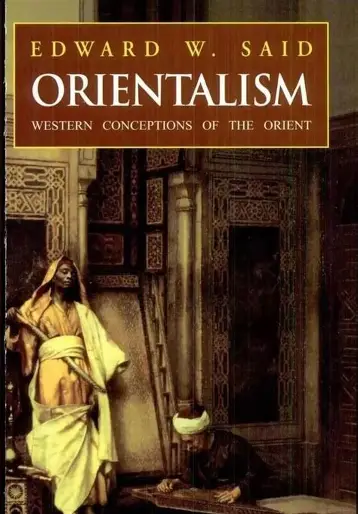Edward Said, in his 1978 publication Orientalism, critiqued the biased understanding of Eastern cultures by the West, emphasizing its role as a tool of cultural hegemony. Orientalism, through a Western hegemonic lens, interprets Eastern cultures, influencing Western perceptions of these cultures and, simultaneously, impacting the cultural identity of Eastern peoples themselves. For example, in Memoirs of a Geisha, a film directed by Westerners and set in Japan, the protagonist, Sayuri, possesses blue-gray eyes – a trait not actually found within the Japanese ethnicity. In the eyes of Western creators, Sayuri’s eyes represent the mystery and allure of Eastern culture. The plot arrangement of the Chairman rescuing Sayuri is a common trope: Western male heroism saving a troubled Eastern woman from her plight. From a Western perspective, the East is mysterious, romantic, backward, feminine, and in need of rescue. However, in reality, Eastern cultures such as Indian and Chinese civilizations boast long histories and have created magnificent civilizations. At the same time, the East is also a very patriarchal region, as evidenced by various gender statistics. This cultural misinterpretation has profoundly affected the integration and progress of Eastern and Western cultures.

Hall argues that media messages, in both the production (encoding) and reception (decoding) processes, are influenced by cultural background, power relations, and social context. Encoding is the process by which producers embed meaning into a message, while decoding is the process by which audiences interpret the message and assign meaning to it. Encoding and decoding are not necessarily corresponding, as the audience’s cultural background and social status may differ from those of the producers, leading to different interpretations. Orientalism is one such culture that has developed in the context of an imbalanced economic, military, and other development situation between the East and the West. Westerners, self-proclaimed leaders of the world, therefore look down upon Eastern culture with a condescending attitude. This prejudice is integrated into generations of works. Western directors, limited by their own education and culture, incorporate their own ideologies into their works. And their works also influence younger generations, with Western youth understanding the East through these films, TV series, and literary works, thus perpetuating the prejudice. In the decoding stage, audiences interpret information based on their own cultural background, experiences, and values. And because the East is in a weaker position in the context of the international community, young Easterners will involuntarily identify with and endorse the Eastern image under Western cultural hegemony. For example, after the release of Memoirs of a Geisha, the geisha image was also used in Japanese national publicity, even though this image represents the profound oppression of women under an extremely strict social hierarchy in Japan during a certain period. Western culture is imposing a dominant position on Easterners, and Easterners are unconsciously interpreting information according to the encoder’s expectations.
The root of this issue lies in the West’s long-standing hegemony and the imbalance in development between East and West. However, it remains crucial to respect the diversity and differentiation of different cultures. Pointing out cultural hegemony is, at its core, a defense of preserving a diverse global culture.
Said, E. W. (1978). Orientalism. New York, NY: Random House.


